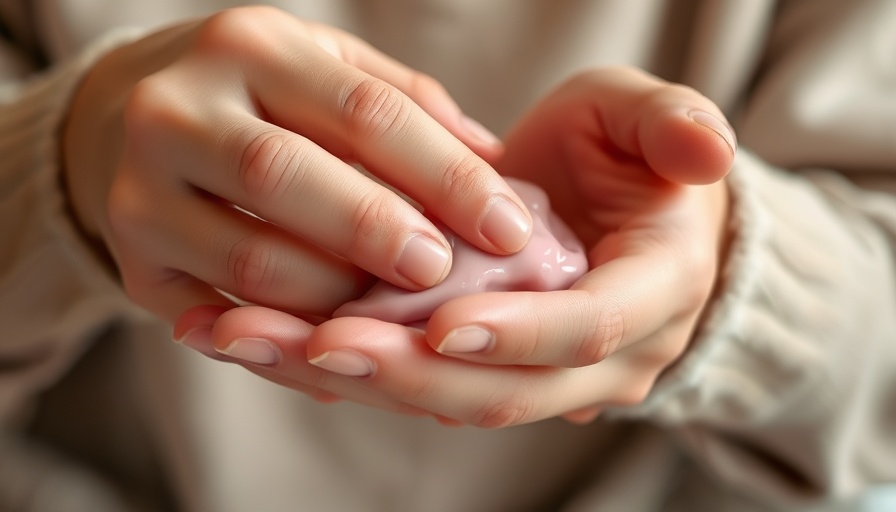
Why the FDA's Sunscreen Crackdown Matters
The recent warning from the U.S. Food and Drug Administration (FDA) regarding whipped sunscreen products is more than just a reaction to trendy marketing. It's a call for safety amidst a changing beauty landscape. Augmenting the familiar tube or bottle of sunscreen with alluring mousse and foam forms might seem innovative, but now we learn that some of these products have not been through the rigorous approval process necessary for consumer safety. As we navigate a world filled with health-conscious choices, understanding the implications behind these warnings is crucial.
FDA’s Standpoint: Health Comes First
The FDA emphasizes that the primary concern is consumer safety. Sunscreens are classified as over-the-counter drugs because they provide protection against harmful ultraviolet (UV) rays, which can lead to skin damage, burns, and increased skin cancer risk. The absence of approval for these whipped and mousse forms raises questions. Are we effectively safeguarding ourselves from the sun, or are we being lured by false advertising?
Safety Packaging: A Hidden Risk
Further compounding concerns are the implications of packaging that resembles food products. The FDA alarmingly notes that a container looking like a dessert could lead children and adults alike to mistakenly ingest the sunscreen. In July, products marketed as “dessert for your skin” sparked particular scrutiny for this reason. Safety should also extend to how products are packaged — a concept often overlooked by brands eager to capitalize on aesthetic appeal.
The Role of Consumer Awareness in the Sunscreen Market
As health-conscious consumers, it is our responsibility to remain vigilant. This recent warning acts as a crucial reminder to carefully scrutinize labels and product claims, especially in a realm where new products proliferate daily. Educating ourselves about what constitutes safe and effective sunscreen — defined comprehensively by the FDA as oils, lotions, creams, gels, butters, pastes, ointments, and sticks — is vital for healthy skin and well-being. It’s not only about applying sunscreen but also ensuring you avoid potentially unsafe alternatives.
What Lies Ahead: Future Perspectives on Sunscreen Forms
The health community, including entities like the Skin Cancer Foundation, strongly supports ongoing review of product formulations and application methods to keep in line with emerging science. As consumers, we should advocate for transparency, pushing for thorough testing of any new formulations that claim to protect our skin. Sunscreen innovation should be about efficacy paired with safety, and with a united voice, we can demand that from manufacturers.
Conclusion: Join the Movement for Safer Sunscreens
With the FDA’s warning, it is paramount to choose our sunscreens wisely. Disregarding conventional forms of sunscreens can compromise our protection against UV rays, which is vital for our health. Let’s pledge to stay informed, to prioritize safety, and to ensure that our choices reflect a commitment to our well-being. Keep an eye on product developments, listen to warnings, and support brands that adhere to rigorous safety standards. Together, we can navigate a healthier path in skincare and sunscreen usage.
 Add Row
Add Row  Add
Add 




Write A Comment